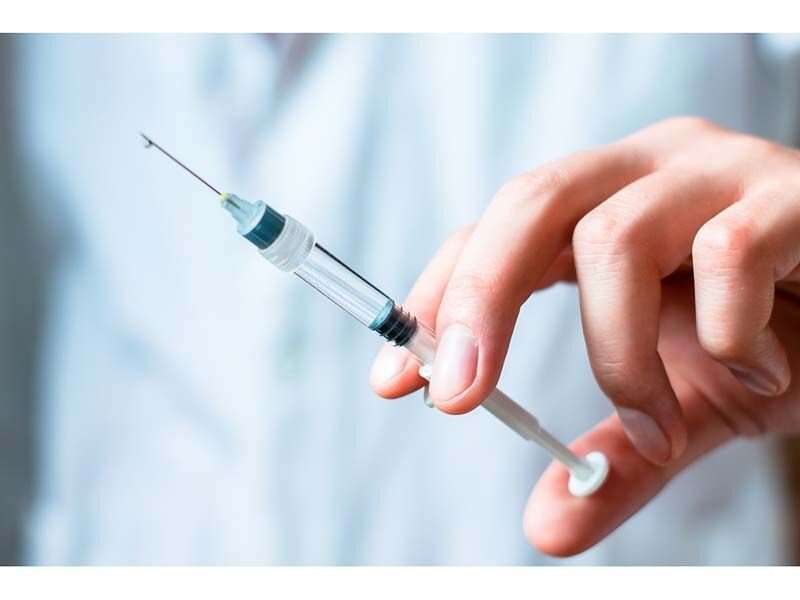(HealthDay)—Treatment with bamlanivimab and etesevimab, but not monotherapy with bamlanivimab, is associated with a reduction in severe acute respiratory syndrome coronavirus 2 (SARS-CoV-2) viral load in patients with mild-to-moderate COVID-19, according to a study published online Jan. 21 in the Journal of the American Medical Association.
Robert L. Gottlieb, M.D., Ph.D., from the Baylor University Medical Center and Baylor Scott and White Research Institute in Dallas, and colleagues randomly assigned 577 patients who tested positive for SARS-CoV-2 infection and had one or more mild-to-moderate symptoms to receive either a single infusion of bamlanivimab monotherapy (700 mg, 2,800 mg, or 7,000 mg [101, 107, and 101 patients, respectively]), combination treatment (2,800 mg bamlanivimab and 2,800 mg etesevimab [112 patients]), or placebo (156 patients).
In the phase 2 portion of this phase 2/3 randomized trial, the researchers found that the change in log viral load from baseline at day 11 was −3.72, −4.08, −3.49, −4.37, and −3.80 for 700, 2,800, and 7,000 mg bamlanivimab, combination treatment, and placebo, respectively. The differences in the change in log viral load at day 11 were 0.09 (95 percent confidence interval [CI], −0.35 to 0.52; P = 0.69), −0.27 (95 percent CI, −0.71 to 0.16; P = 0.21), 0.31 (95 percent CI, −0.13 to 0.76; P = 0.16), and −0.57 (95 percent CI, −1.00 to −0.14; P = 0.01) for 700, 2,800, and 7,000 mg bamlanivimab and the combination treatment, respectively, versus placebo.
"Additional study is needed to understand whether the greater reduction of viral load shown by combination therapy would eventually translate to clinical benefit compared with monotherapy," the authors write.
Several authors disclosed financial ties to pharmaceutical companies, including Eli Lilly and Company, which funded the trial.
More information:
Abstract/Full Text
Editor's Note
Journal information: Journal of the American Medical Association
Copyright © 2020 HealthDay. All rights reserved.
























